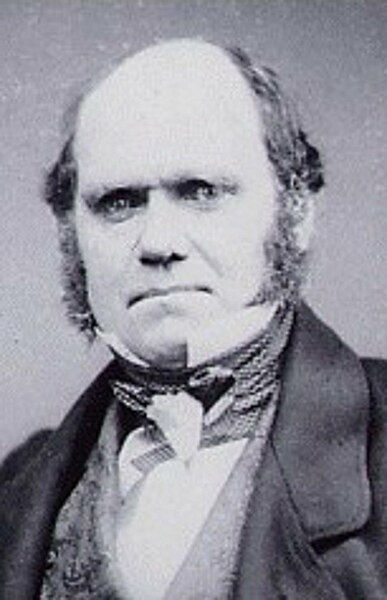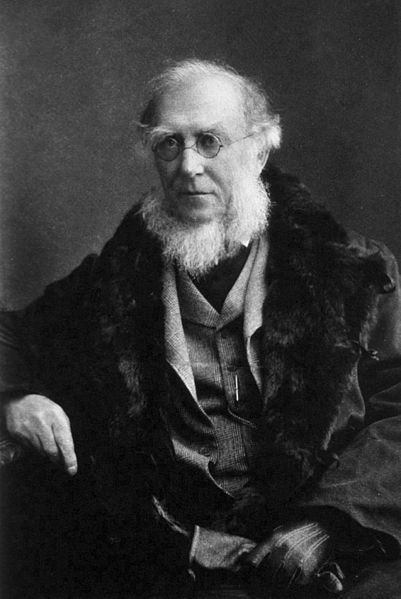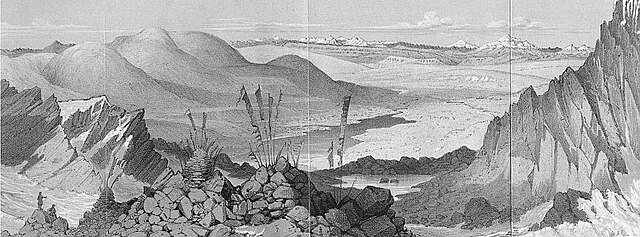Correspondence of Charles Darwin
The British naturalist Charles Darwin corresponded with his extended family and with an extraordinarily wide range of people from all over the world. The letters, over 15,000 in all, provide many insights on issues ranging from the origins of key scientific concepts, to religious and philosophical discussions which have continued to the present day. The letters also illuminate many aspects of Darwin and his biography: the development of his ideas; insights into character and health; and private opinions on controversial issues. His letters to the Harvard botanist Asa Gray, for example, show his opinions on slavery and the American Civil War. Darwin relied upon correspondence for much of his scientific work, and also used letters to marshal support for his ideas amongst friends and colleagues. The historian of science Janet Browne has argued that Darwin's ability to correspond daily played a crucial role in the development of his theory and his ability to garner support for it from colleagues.

Charles Darwin in 1854
Photocopied title page of the original edition of Charles Darwin's autobiography.
Sir Joseph Dalton Hooker was a British botanist and explorer in the 19th century. He was a founder of geographical botany and Charles Darwin's closest friend. For 20 years he served as director of the Royal Botanical Gardens, Kew, succeeding his father, William Jackson Hooker, and was awarded the highest honours of British science.
Hooker in 1897
Daguerreotype of Hooker by William Edward Kilburn, circa 1852
Frances Harriet Henslow, by William Edward Kilburn
Tibet and Cholamo Lake from the summit of the Donkia Pass, looking North West from Hooker's Himalayan Journals. Hooker reached the pass on 7 November 1849.






